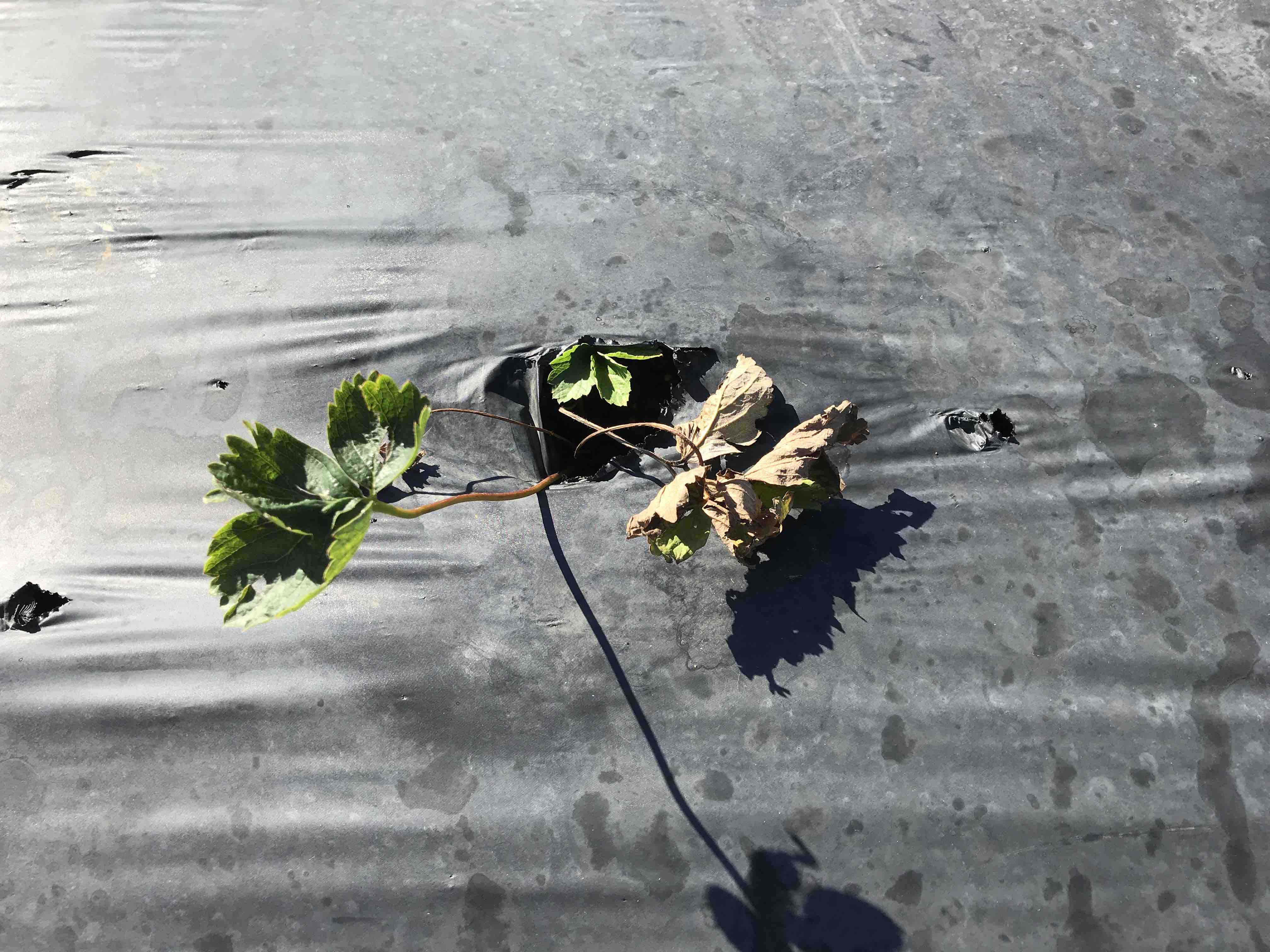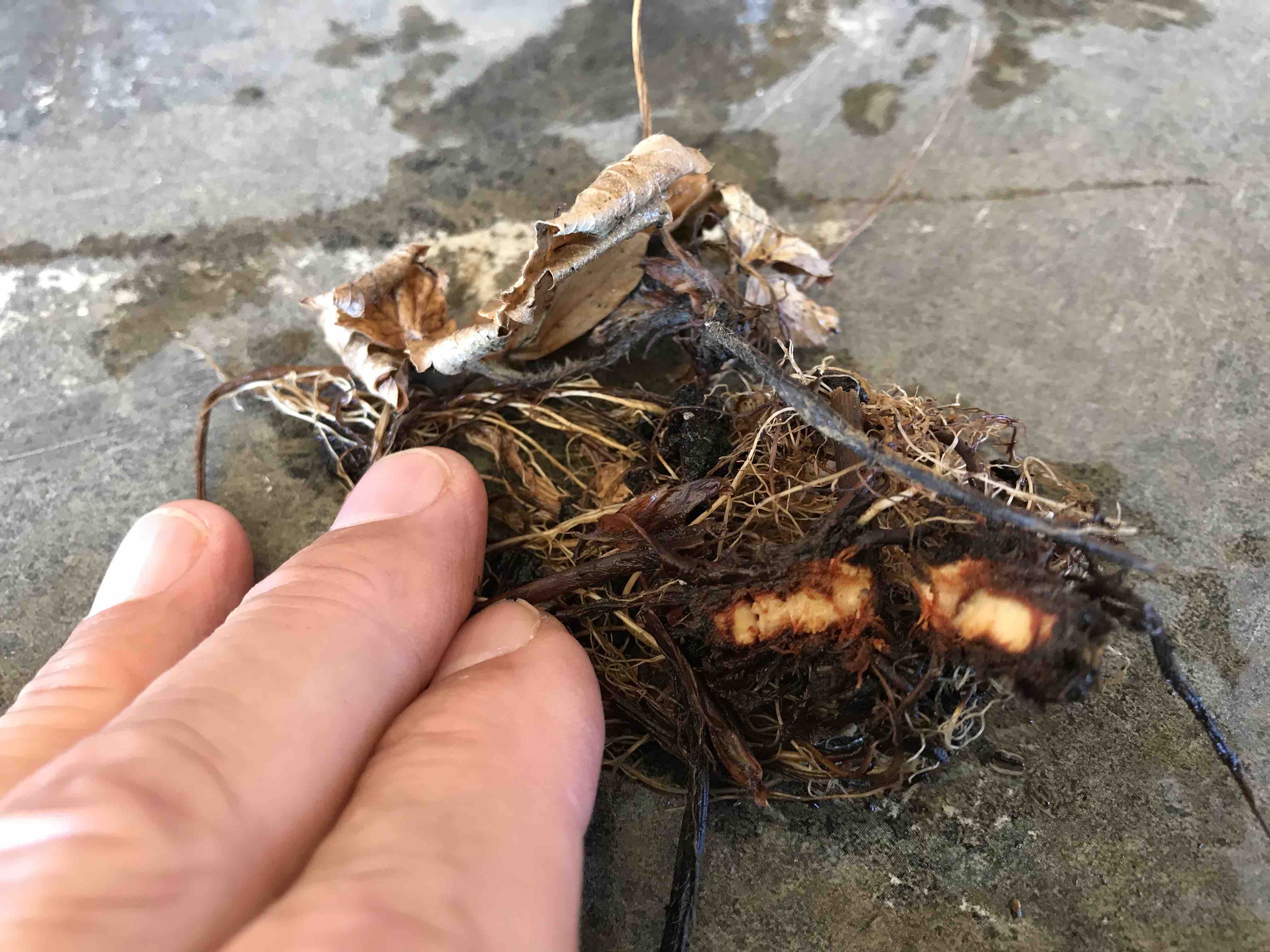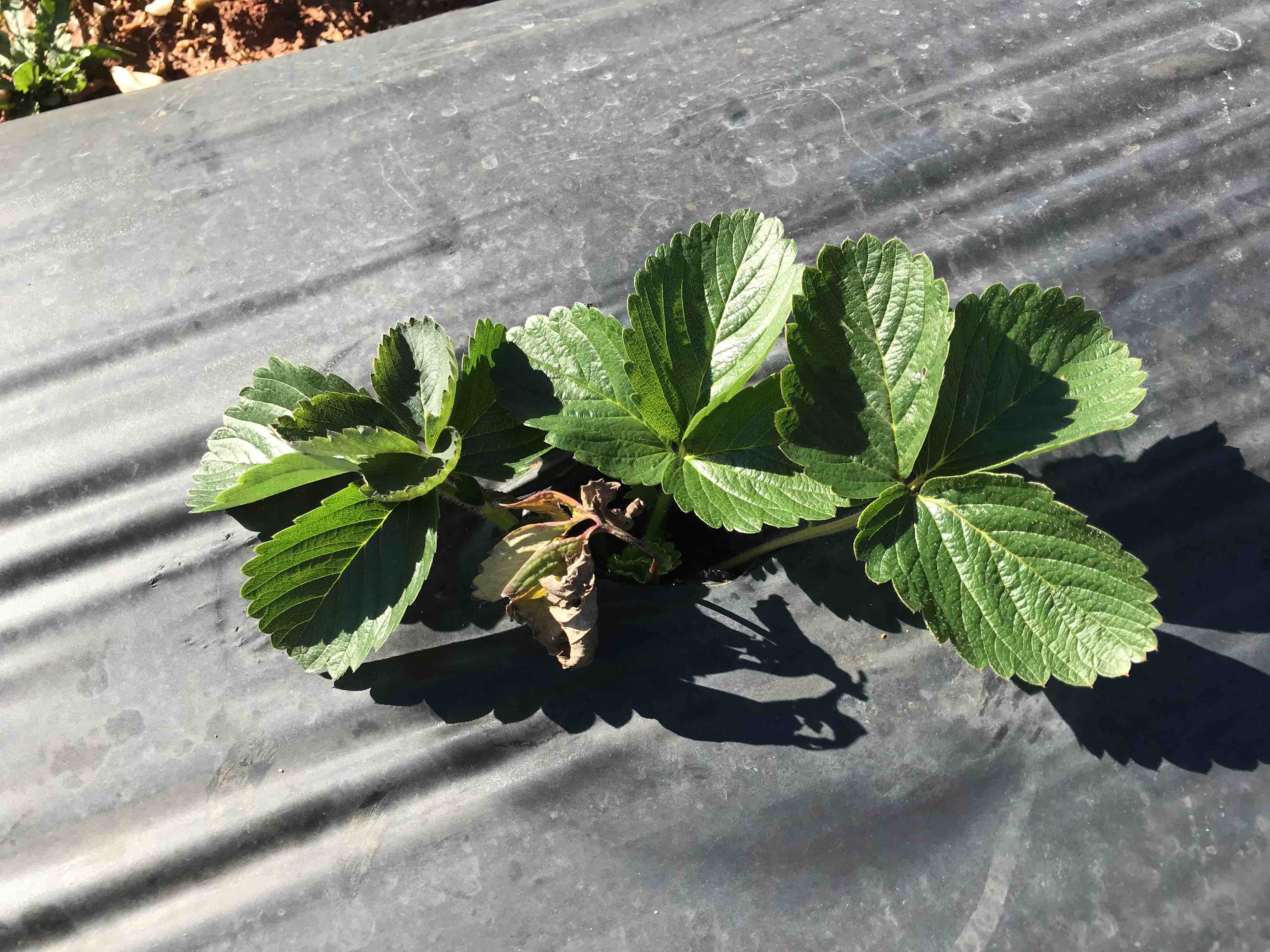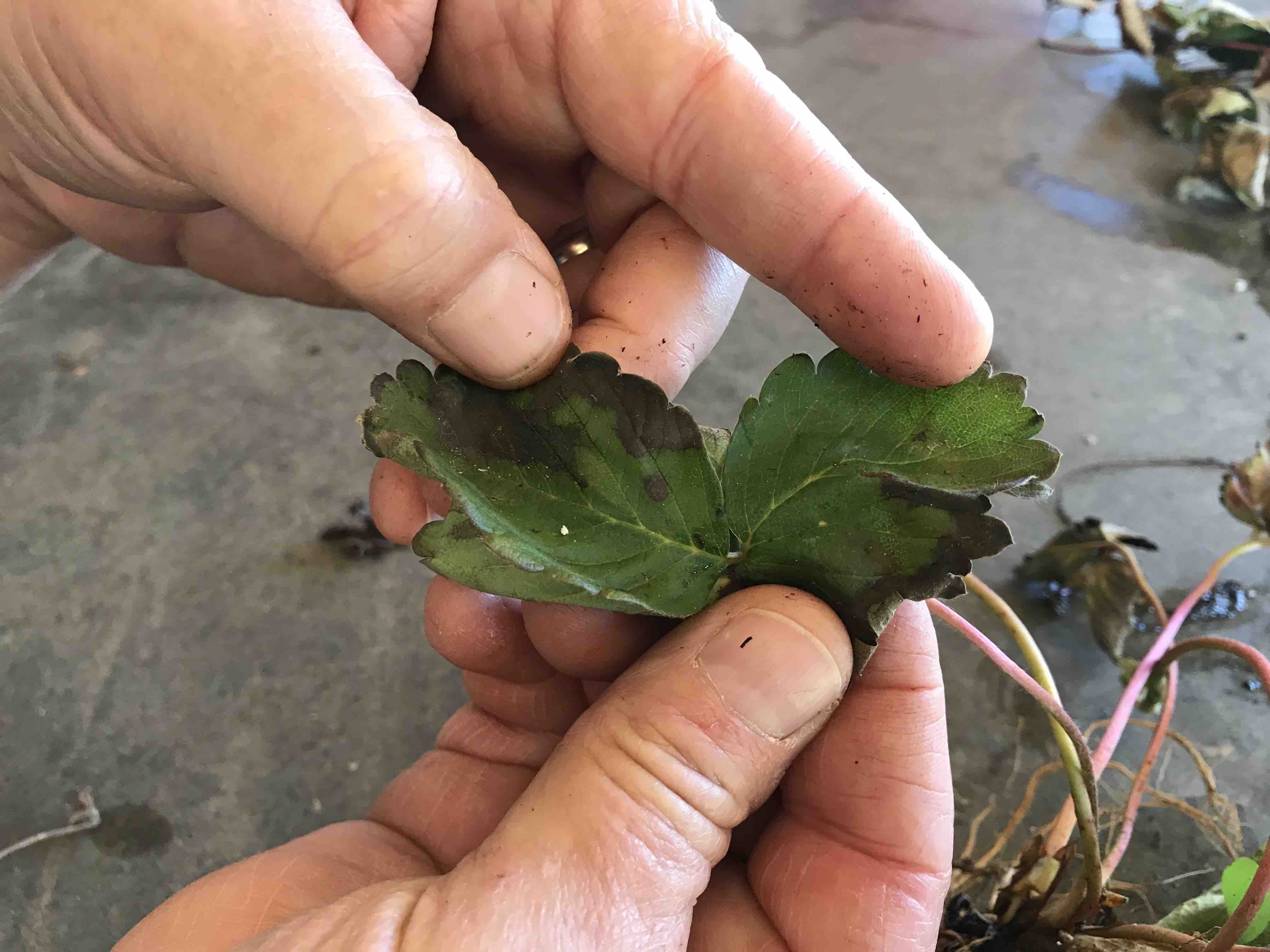IMPORTANT: Anthracnose Crown Rot
go.ncsu.edu/readext?564935
en Español / em Português
El inglés es el idioma de control de esta página. En la medida en que haya algún conflicto entre la traducción al inglés y la traducción, el inglés prevalece.
Al hacer clic en el enlace de traducción se activa un servicio de traducción gratuito para convertir la página al español. Al igual que con cualquier traducción por Internet, la conversión no es sensible al contexto y puede que no traduzca el texto en su significado original. NC State Extension no garantiza la exactitud del texto traducido. Por favor, tenga en cuenta que algunas aplicaciones y/o servicios pueden no funcionar como se espera cuando se traducen.
Português
Inglês é o idioma de controle desta página. Na medida que haja algum conflito entre o texto original em Inglês e a tradução, o Inglês prevalece.
Ao clicar no link de tradução, um serviço gratuito de tradução será ativado para converter a página para o Português. Como em qualquer tradução pela internet, a conversão não é sensivel ao contexto e pode não ocorrer a tradução para o significado orginal. O serviço de Extensão da Carolina do Norte (NC State Extension) não garante a exatidão do texto traduzido. Por favor, observe que algumas funções ou serviços podem não funcionar como esperado após a tradução.
English
English is the controlling language of this page. To the extent there is any conflict between the English text and the translation, English controls.
Clicking on the translation link activates a free translation service to convert the page to Spanish. As with any Internet translation, the conversion is not context-sensitive and may not translate the text to its original meaning. NC State Extension does not guarantee the accuracy of the translated text. Please note that some applications and/or services may not function as expected when translated.
Collapse ▲Dear Strawberry Community,
This year was certainly an exceptional sad year for strawberry growers all over the Southeast. It all started when last season found an early end with two heavy rain events mid of May. Fruit was tossed away, and plants were still in full bloom. After a too warm and too humid summer, hurricane Florence made landfall around the time of pre-plant preparations, while a month later Hurricane Micheal brought too much rain to the Piedmont region, right at the time of planting. In general, planting was delayed, and many nurseries struggled to provide planting material, due to the impact of Hurricane Florence. At the moment, the cool temperatures and wet conditions this fall provide less growing degree days than usual. That combined with later planting dates doesn’t shine a bright light on next years crop.
As if that isn’t enough, over the past two weeks all the specialists in the Southeast, including me, got contacted various times by extension agents and growers, who observed excessive die-back symptoms of newly planted plugs and bare-roots (see Figure 1-4). More and more reports emerged from Virginia and North Carolina over the week of and before Thanksgiving.
After some of the planting material was evaluated by plant pathologists, the cause for the observed die-back often was identified as Anthracnose Crown Rot (ACR), one of the most serious diseases in Strawberries in the Southeast.
ACR is primarily caused by Colletotrichum gloeosporioides. The pathogen tends to be associated with the crown rot phase of anthracnose but can also affect other plant parts (Figure 1-4). However, the most diagnostic symptom of ACR is red and white marbling of the crown (Figure 1).
Initially plants wilt in the heat of the day, which is often over-looked as drought or heat stress. In advanced infection, the entire plant will die. Cutting the crown lengthwise reveals white and reddish brown streaks, creating a marbled effect, or a firm rot. In some cases, ACR can cause leaf symptoms that appear as circular black spots on the upper surface of young to middle-aged leaves (Figure 1-4).
Figure 1: Cut through a ‘Chandler’ crown. The plant was found diseased at the begin of November, shortly after planting (all pictures provided by Barclay Poling).

Figure 2: Dying ‘Chandler’ plant on black plastic
Figure 3: First disease incidence, often can be confused with other stress.
Figure 4: Sometimes, leaf spots can develop on young or middle-aged leaves.
To find out more about Anthracnose Crown Rot (ACR), please click this link: ACR Diagnostic Key
DIAGNOSIS:
Please contact your local extension agent immediately if you find diseased plants in your field with similar symptoms. To know what pathogen is causing the die-off, either you or the agent needs to send samples to the NC State University Plant Disease and Insect Clinic
Please follow the instructions on the website.
- Fill out an electronic submission sheet
- Print out the sheet and put it in the box with the plant material.
- Please put several whole plants, individually wrapped in a plastic or paper bags into the shipping container.
MANAGEMENT:
Anthracnose Crown Rot (ACR) is a deadly disease! It can spread to healthy plants and cause catastrophic losses if left unchecked!
This is especially true when row covers are used and plant material or the microscopic fungal spores stay attached to the cover.
Sanitation is an important measurement before the winter comes. Here are our recommendations:
Please apply those recommendations BEFORE using row covers.
- Always walk into the diseased part of your field LAST. Wash your cloth and clean your boots after every workday.
- Remove debris, dead plants and dying plants from the field. Don’t leave them in the row middles or near the field.
- Remove plants with as many roots as possible!
- After successful removal of debris, dead plant material and dying plants and before applying row covers, we advise to spray a preventative fungicide spray:
CAPTAN 50W (6 lbs/acre) tank-mixed with TOPSIN M (1 lbs/acre).
Those steps, if followed, will reduce the risk of continuous infection and disease spread under the row covers.
Please be aware that you might have to apply also a heavy fungicide program early in the season next year. Please see recommendations here: Strawberry IPM
Please contact following specialists and consultants if you need help or guidance:
Mark Hoffmann (mark.hoffmann@ncsu.edu)
Barclay Poling (strawberrydoc@gmail.com)
Jayesh Samtani (jsamtani@vt.edu)
Bill Cline (bcline@ncsu.edu).
Thank you very much and stay safe,
Mark





